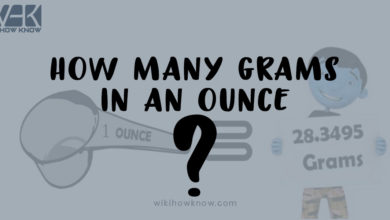A fathom, a unit of length with deep roots in navigation and nautical surveying, is precisely equal to 6 feet. The conversion is straightforward and can be expressed using the formula: Feet in a Fathom = (Fathoms) * 6. For example, if you possess a rope measuring 1 fathom in length, it mirrors a length of precisely 6 feet.
Practical Applications Illustrated:
Table of Contents
- Nautical Chart Reading: When interpreting nautical charts, it’s essential to understand how to convert fathoms to feet. To do this, simply multiply the number of fathoms on the chart by 6.
- Depth Finder Usage: In the context of using a depth finder, depth measurements are often reported in fathoms. To convert these measurements to feet, multiply the depth in fathoms by 6.
- Boat Building: Boat builders frequently need to determine how many fathoms of rope are required. To calculate this, measure the distance between the bow and the stern of the boat in feet and then divide that number by 6.
The Historical Evolution of the Fathom:
The fathom, as a unit of length, boasts a long and storied history. It is believed to have its origins in ancient Egypt. The term “fathom” originates from the Old English word “feðm,” which means “embrace.”
In its early stages, the fathom was informally defined as the distance from the tip of the middle finger of one hand to the tip of the middle finger of the other hand when the arms were outstretched. However, recognizing the need for precision, the definition of the fathom evolved over time.
In the 16th century, the fathom was officially defined as 6 feet—a definition that remains in practice today.
The Fathom in Modern Context:
The fathom continues to be a unit of length employed in navigation, nautical surveying, and by individuals working on water bodies, including fishermen.
Frequently Asked Questions (FAQs):
Q1: What is the historical origin of the fathom?
A1: The fathom is believed to have originated in ancient Egypt. The term “fathom” is derived from the Old English word “feðm,” which means “embrace.”
Q2: How was the fathom originally defined?
A2: Initially, the fathom was informally defined as the span from the tip of one outstretched hand’s middle finger to the other. However, this method lacked precision.
Q3: When was the fathom officially defined as 6 feet?
A3: In the 16th century, the fathom was officially defined as equal to 6 feet, a definition that remains in use today.
Q4: Where is the fathom still used today?
A4: The fathom is utilized in navigation, nautical surveying, and by individuals engaged in activities on water bodies, such as fishermen.
In Conclusion:
The fathom, a unit of length with historical significance, remains a valuable means of measuring distance in water-related contexts. Its simplicity and widespread acceptance make it a crucial tool for precise measurements and clear communication across various maritime and aquatic endeavors.
